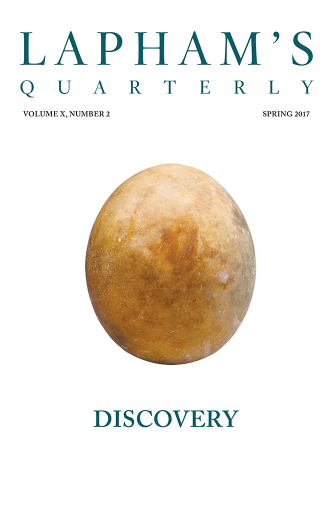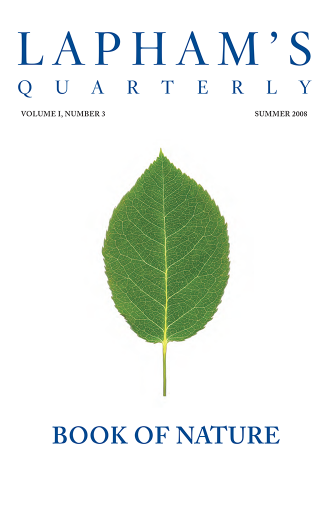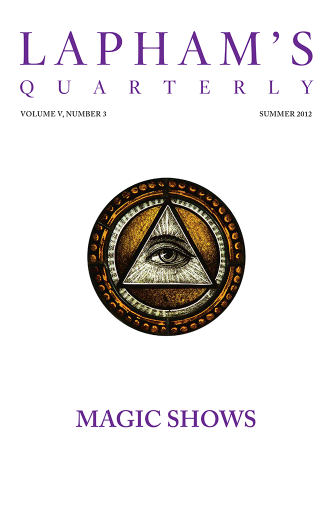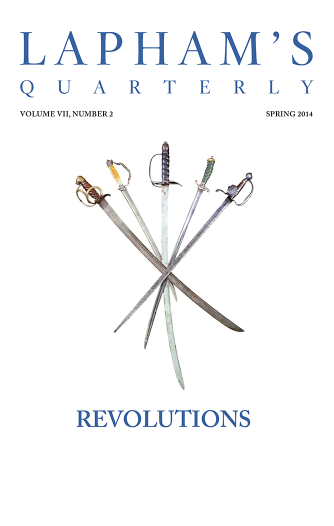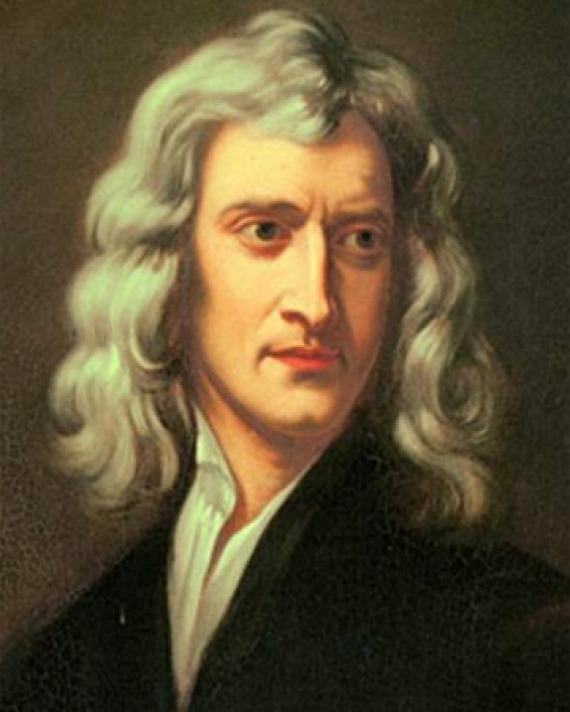
Isaac Newton
(1643 - 1727)
The closure of Cambridge University in 1665 because of the plague—which went on to kill around 100,000 Londoners—forced Isaac Newton to stay at home, where he discovered that white light contained all colors in the spectrum, developed the fundamentals of calculus, and formulated the basics of the law of universal gravitation. He then turned twenty-four. Newton published his masterwork, the Principia Mathematica—a cornerstone of the Scientific Revolution—in 1687.
